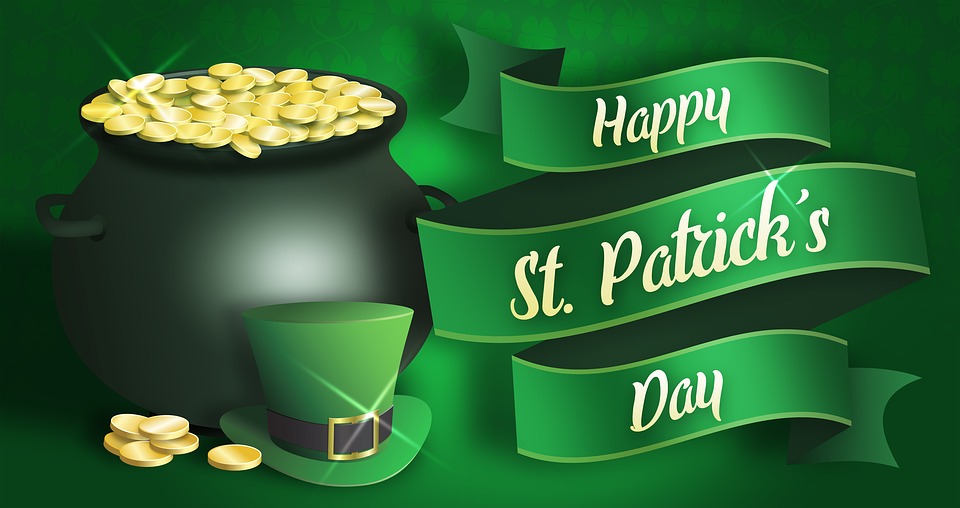Fun Facts about St. Patrick’s Day
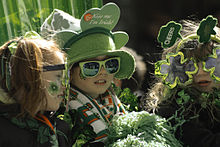
Some interesting and fun facts about St. Patrick’s Day
While St. Patrick’s Day is now associated with wearing green, the holiday is grounded in history and dates back more than 1,500 years. The earliest known celebration was held on March 17, 1631, marking the anniversary of the death of St. Patrick in the 5th century.
Leprechauns Are Likely Based on Celtic Fairies
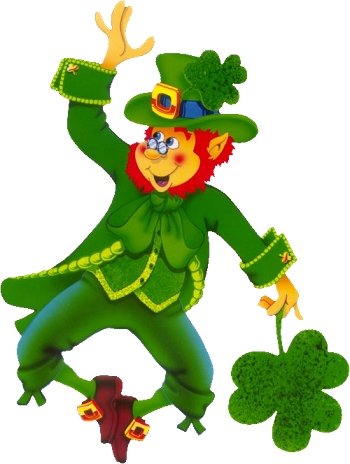
Leprechauns are known as mischievous Irish fairies. The red-haired, green-clothed Leprechaun is commonly associated with St. Patrick’s Day. Belief in leprechauns likely stems from Celtic belief in fairies— tiny men and women who could use their magical powers to serve good or evil. In Celtic folktales, leprechauns were cranky souls, responsible for mending the shoes of the other fairies. Legend has it that wearing green makes a person invisible to leprechauns.
The Shamrock Was Considered a Sacred Plant
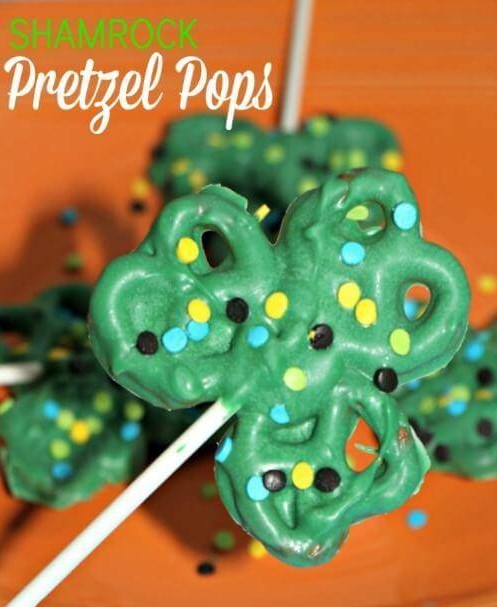

Three-leaf clovers symbolize spring. The shamrock, a three-leaf clover, has been associated with Ireland for centuries. It was called the ‘seamroy’ by the Celts and was considered a sacred plant that symbolized the arrival of spring. Shamrocks are the national flower/emblem of Ireland. Legend says that each leaf of the clover has a meaning: Hope, Faith, Love and Luck. Your odds of finding a four-leaf clover are 1 in 10,000.
The First St. Patrick’s Day Parade Was Held in America
While people in Ireland have celebrated St. Patrick since the 1600s, the tradition of a St. Patrick’s Day parade began in America, and it predates the founding of the United States.
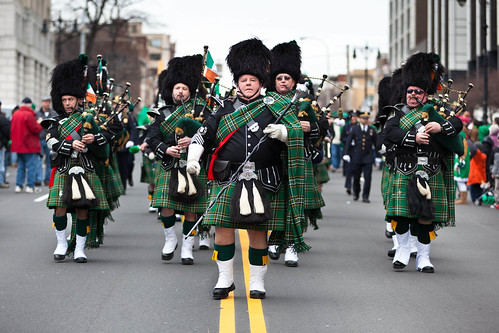
Records show that a St. Patrick’s Day parade was held on March 17, 1601 in a Spanish colony in what is now St. Augustine, Florida. The parade, and a St. Patrick’s Day celebration a year earlier were organized by the Spanish Colony’s Irish vicar Ricardo Artur. More than a century later, homesick Irish soldiers serving in the English military marched in Boston in 1737 and in New York City on March 17.
Corned Beef and Cabbage Was an American Innovation

The meal that became a St. Patrick’s Day staple across the country—corned beef and cabbage—was an American innovation. While ham and cabbage were eaten in Ireland, corned beef offered a cheaper substitute for impoverished immigrants. Irish Americans living in the slums of Lower Manhattan in the late 19th century and early 20th purchased leftover corned beef from ships returning from the tea trade in China. The Irish would boil the beef three times—the last time with cabbage—to remove some of the brine.
The color of St. Patrick’s Day was originally blue.
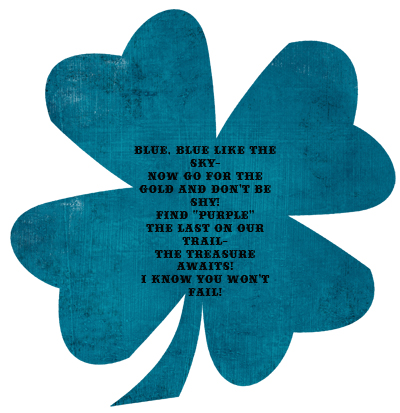
Wearing green has become a staple of St. Patrick’s Day, but the holiday was originally associated with the color of blue. It is thought that the shift to green happened because of Ireland’s nickname, “The Emerald Isle,” the green in the Irish flag and the shamrock, or clover. Green ribbons and shamrocks were worn as early as the 17th century.
